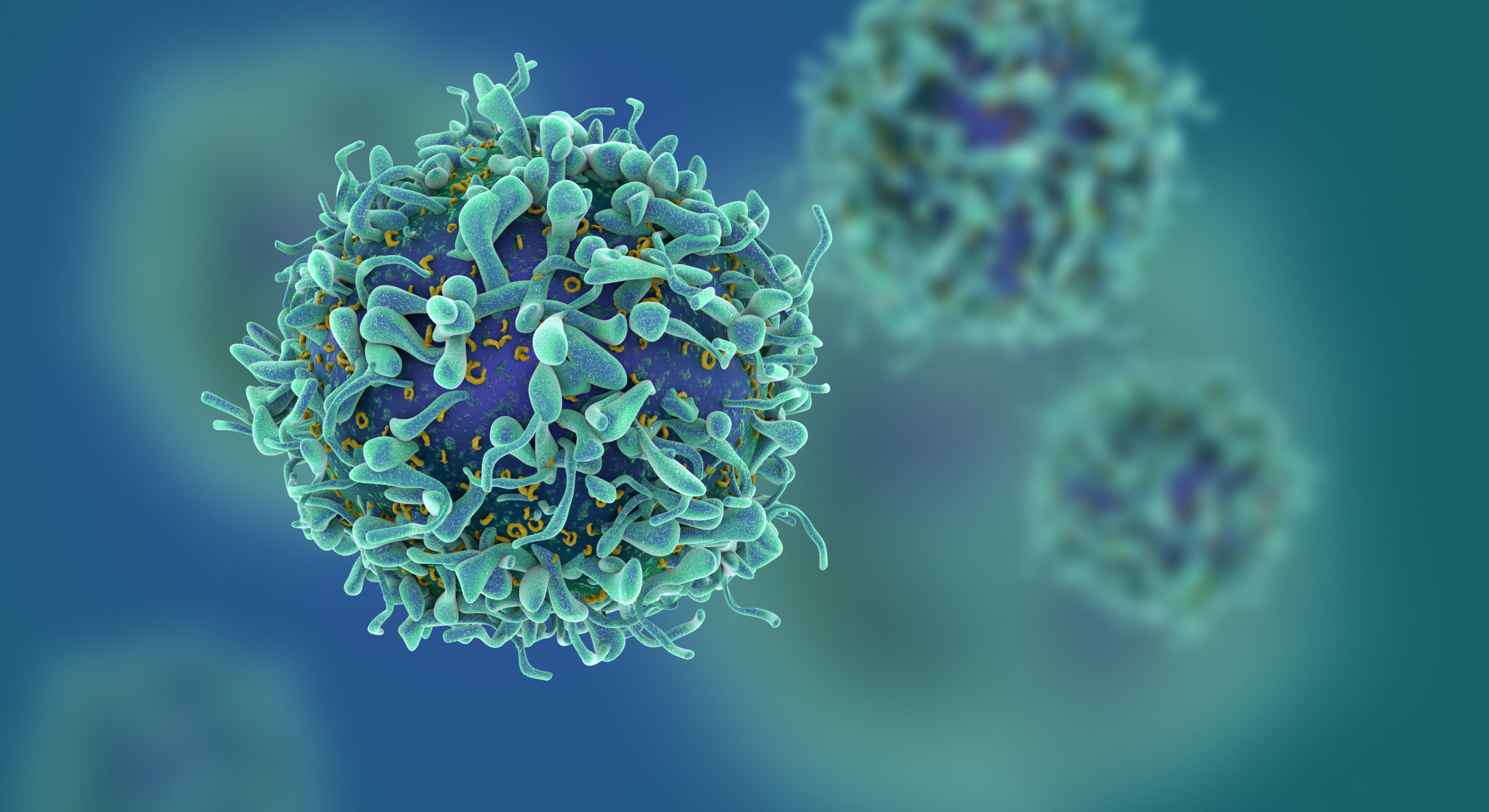Category: Scientific Advances
-
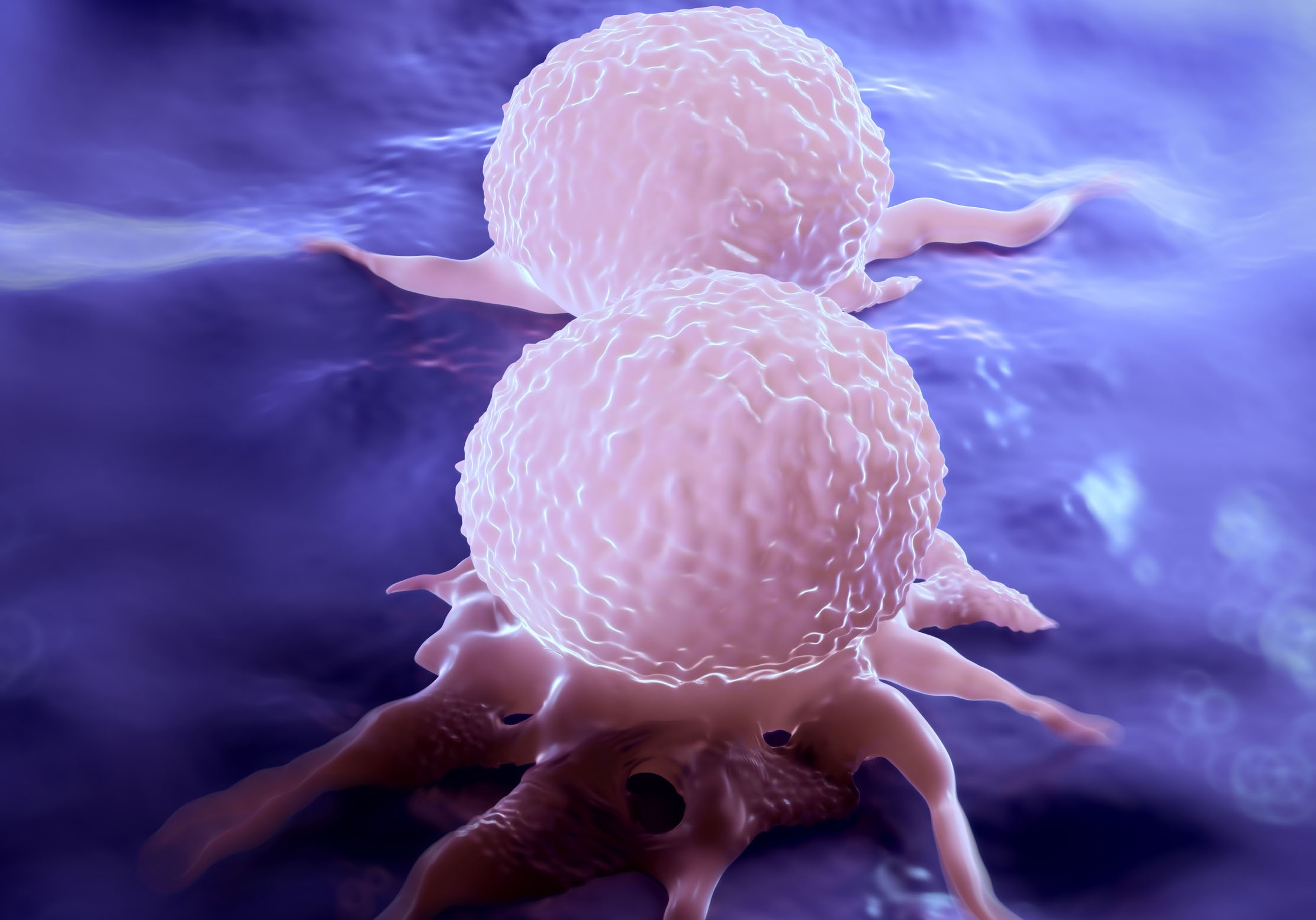
Exploring a New Approach to Treating Aggressive Breast Cancers
A new strategy for targeting a protein called GRP78 could be used to simultaneously provide diagnostic imaging and deliver treatment for inflammatory breast cancer, according to a recent study.
-

PhD Student Explores the Development of Eosinophils in Allergic Diseases
A Northwestern Medicine study, led by a fifth-year PhD student, has demonstrated that a cytokine known to be important in allergic disease called interleukin-33 (IL-33) plays a key role regulating stem cells under normal, healthy conditions.
-
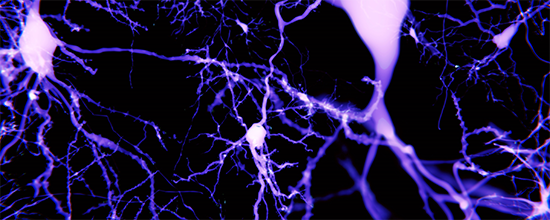
Sweet Spot for Pain Relief Identified
New research from Northwestern Medicine and the Rehabilitation Institute of Chicago scientists has identified the brain region responsible for the placebo response to pain.
-

Exploring Genetic Variation Due to African Diaspora
Recent research published in Nature Communications examined genetic variation in North and South American, Caribbean and West African populations in light of the African Diaspora.
-
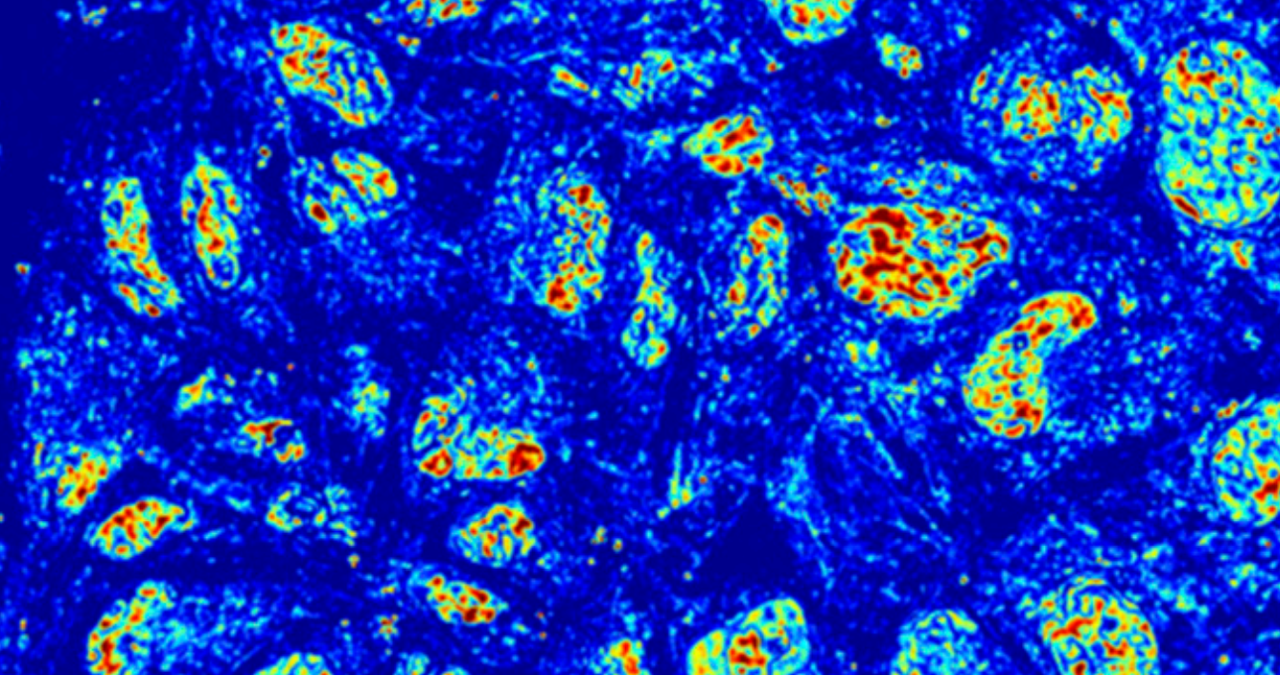
Understanding Chromatin’s Cancer Connection
Northwestern Medicine scientists have developed a new way to image chromatin within living cells, opening the door to large-scale screening techniques, including for cancer.
-

Imaging Stroke Risk in Four Dimensions
Research from McCormick School of Engineering and Northwestern Medicine scientists describes new MRI technique that can detect blood flow velocity to identify who is most at risk for stroke.
-
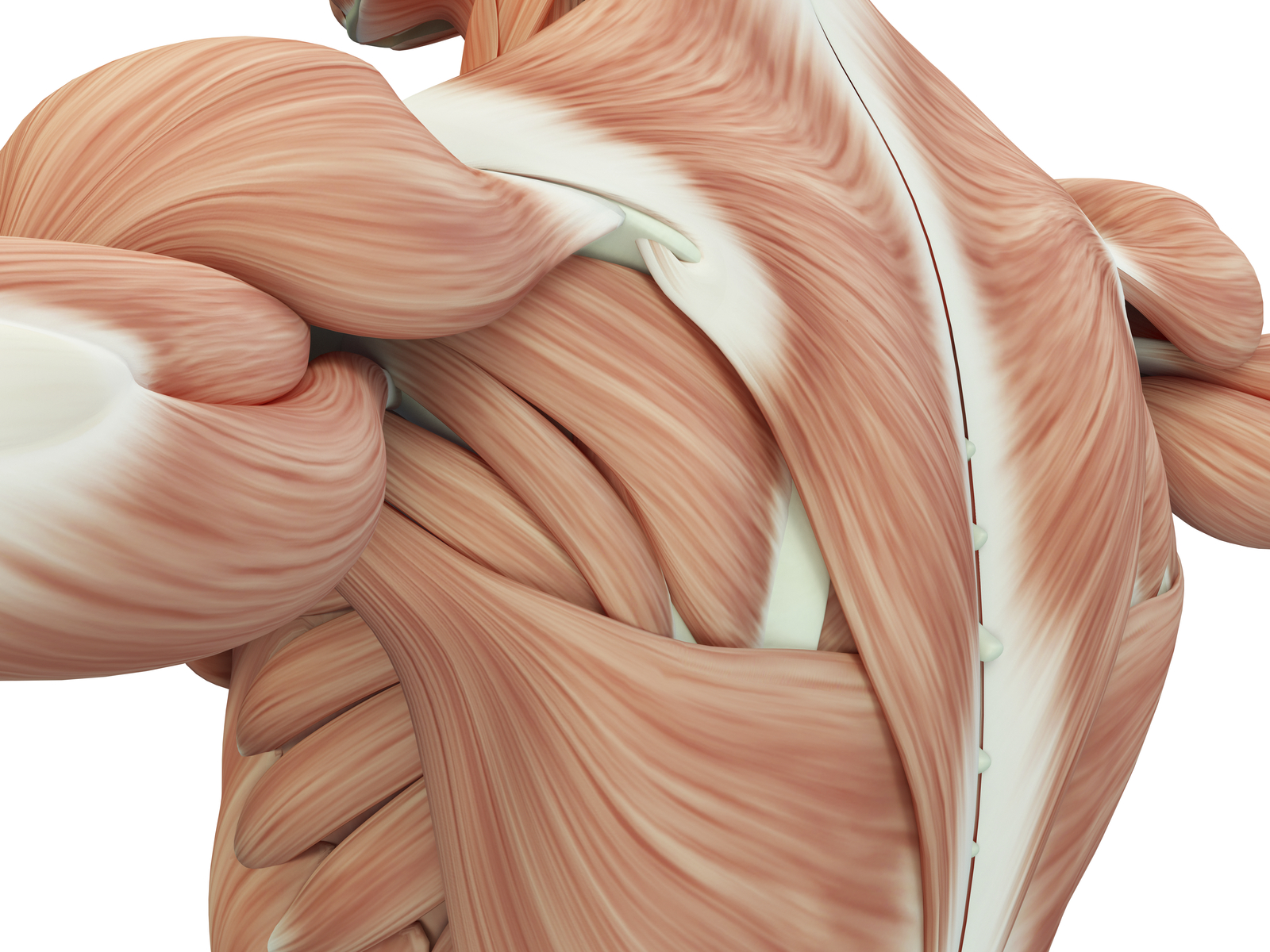
Muscles Have Circadian Clocks That Control Exercise Response
Northwestern Medicine scientists have discovered circadian clocks in muscle tissue that control the muscle’s metabolic response and energy efficiency depending on the time of day.
-
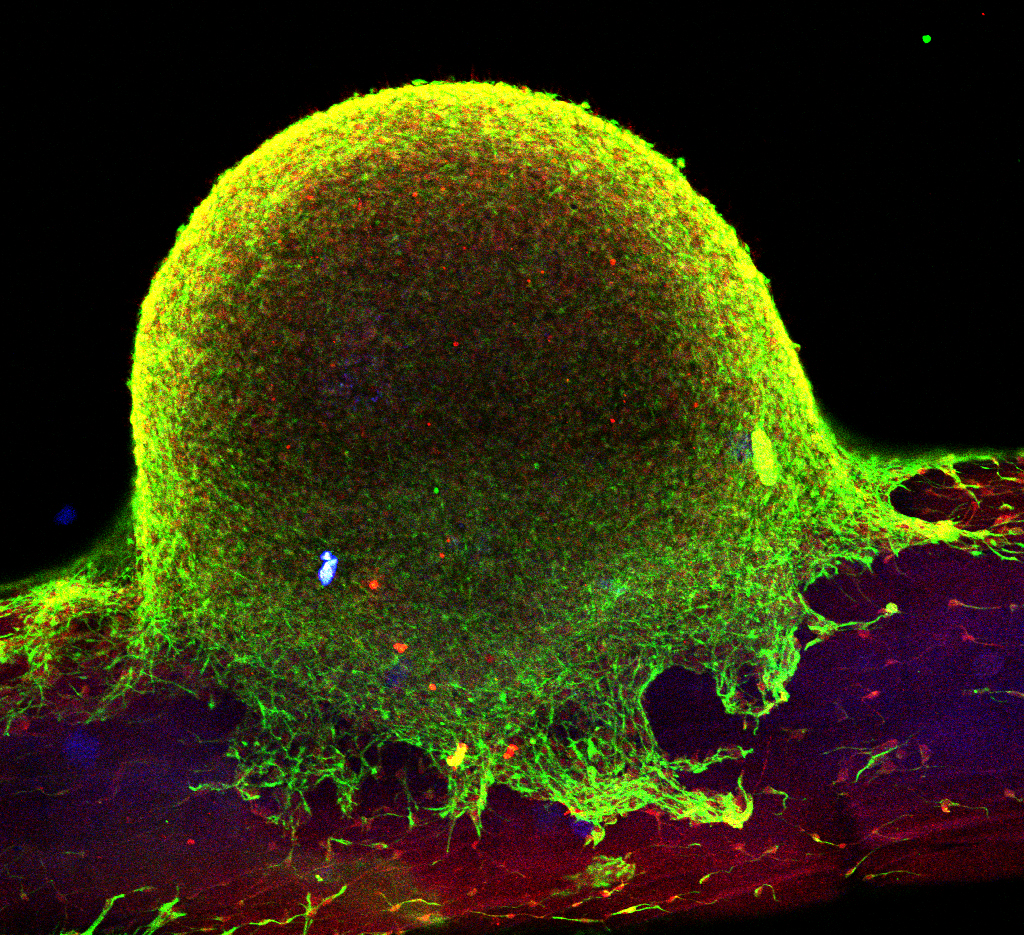
On the Forefront of Regenerative Medicine
Northwestern’s biomaterials labs are developing the next generation of materials in medicine, called supramolecular biomaterials – molecules designed in a way to mimic cell structures and functions of biological signaling.
-
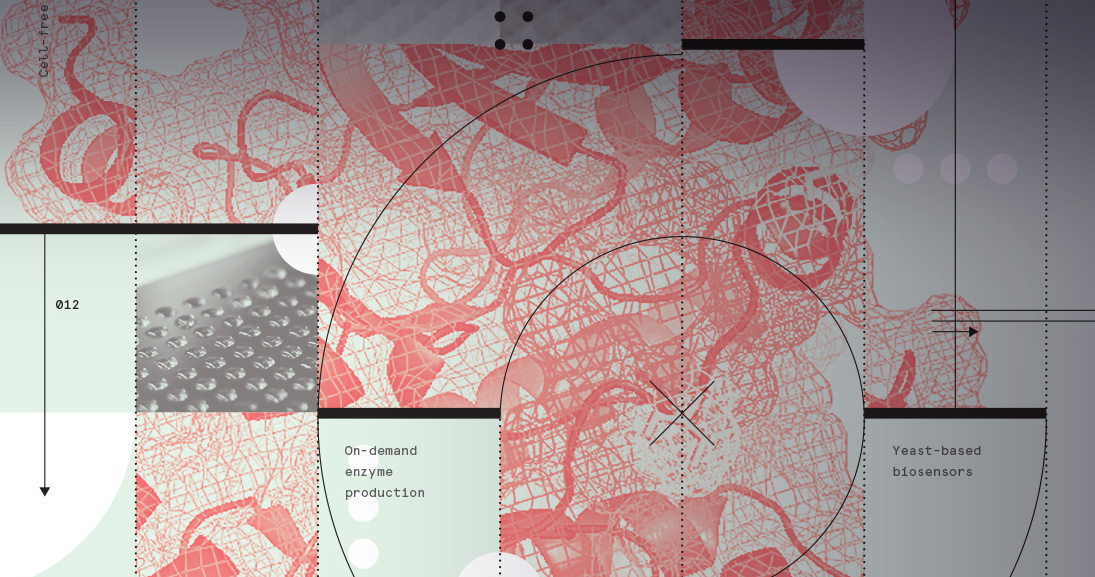
Inspired by Nature
This year, the University launched a new Center for Synthetic Biology, making Northwestern one of the top three U.S. destinations for research and education in this area.
-
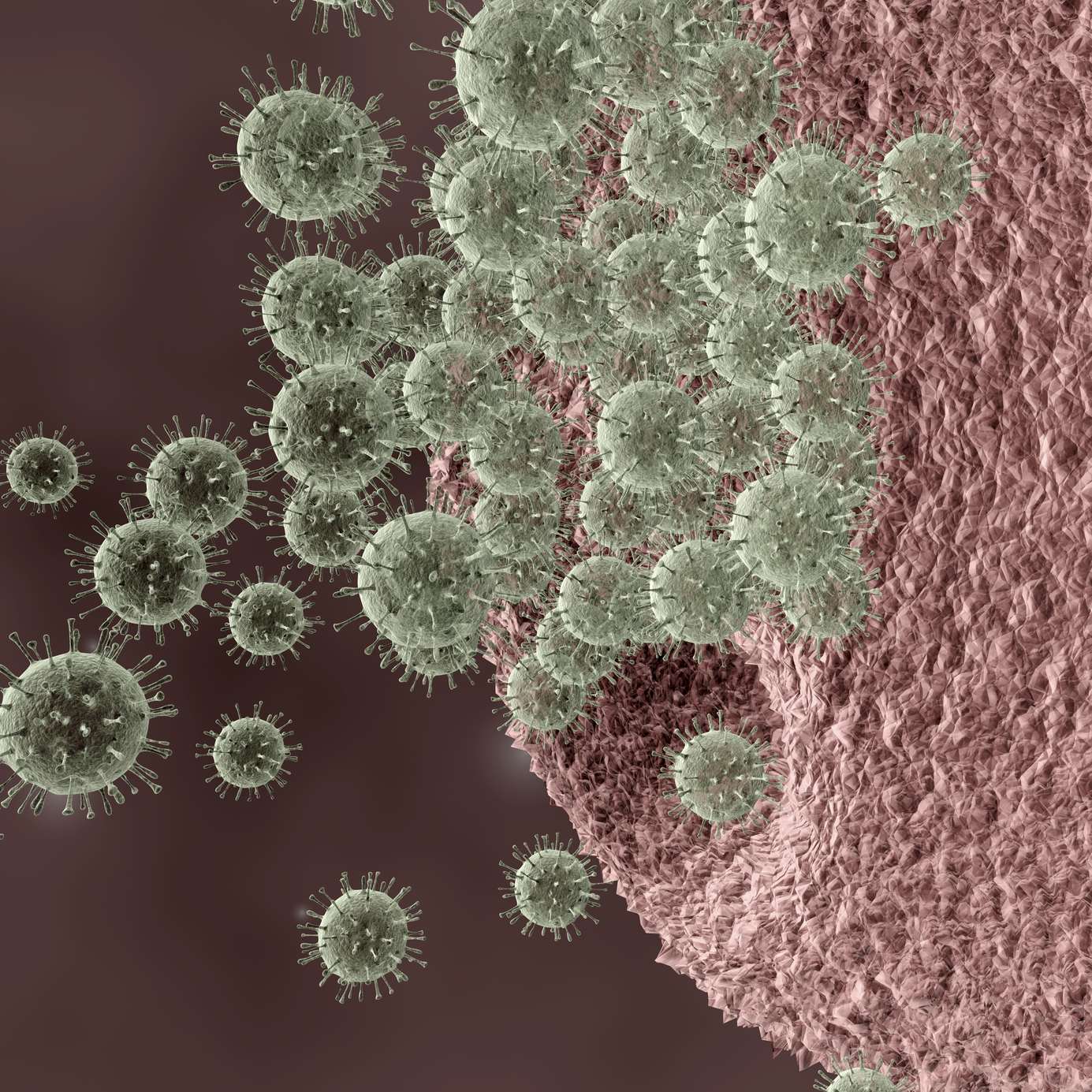
Uncovering How Refolding Proteins Allow Viruses to Enter Cells
Northwestern Medicine scientists discovered a crucial element underlying how proteins on the surface of enveloped viruses such as measles and mumps undergo a process that allows the virus to enter host cells.





